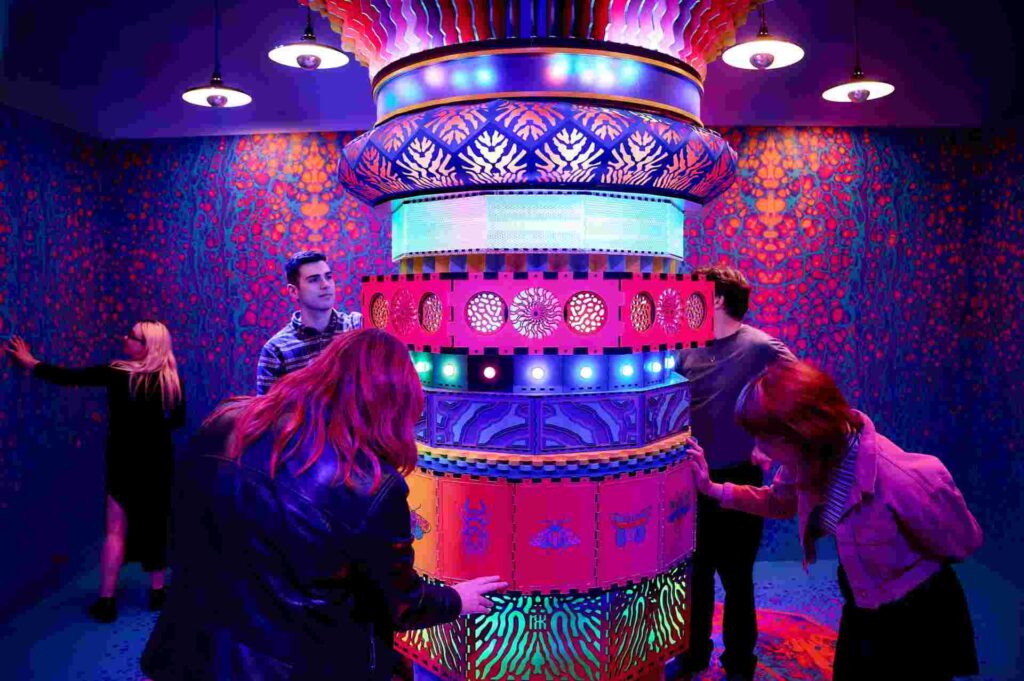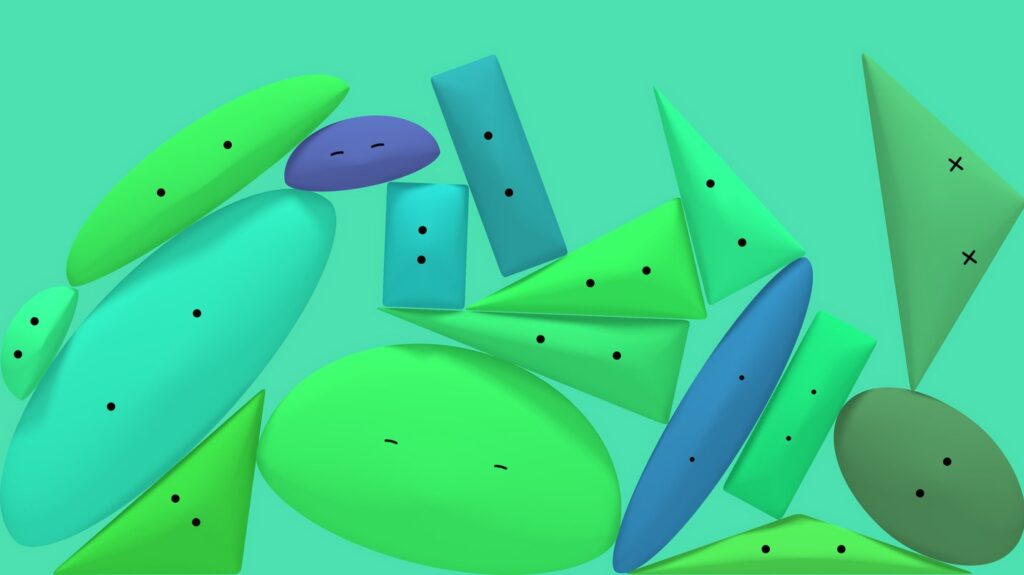The self-described ‘socially awkward nerd’ is the nerd that your inner nerd aspires to be.
Louis Theroux first rose to prominence in 1994 as the brainchild of Michael Moore when Moore first gave him a presenter role on his satirical television series, TV Nation.
Working alongside Moore was the spark Theroux needed to pursue the documentary format he would later master, spawning beloved BBC documentaries including Louis Theroux’s Weird Weekends, When Louis
Met…, and several BBC Specials.
These early documentaries are some of Theroux’s most memorable and feature his exploration of American subcultures such as survivalists, black nationalists, white supremacists, and porn stars.
It is here where we begin to see his interview technique come to fruition as he subtly exposes contradictory elements of seriously-held beliefs, advocated by his subjects.
The seemingly important qualities for being an interviewer might include astute confidence and unwavering journalistic intention, but Theroux has managed to crack open the most enigmatic groups in recent society by utilising a different tactic.
His unassuming nature lends him the ability to switch between navigating the power plays of neo-Nazis and then exquisitely reading psychological subtexts inside the Church of Scientology.
Playing dumb like a social genius
Louis Theroux is a genius at playing dumb, often utilising silence to reveal a person’s true character. If you’ve ever seen Louis and the Nazis, African Hunting Holiday or Louis Theroux: Gambling in Las Vegas, there is an economy of words which enables his subjects to ‘paint in the gaps’ and, at the end of the piece, what is left is a decorated canvas with a distinct caricature at the centre.
Rather than have Theroux tell us who these people are, he lets the subjects do that themselves. For instance, the long pauses that proceed statements made by subjects in Louis Theroux: Law and Disorder in Johannesburg causes a similar pause for the audience and allows moments to reverberate with greater impact.
Holding back words is a well-known interview technique, but Theroux can carry it more effectively through the subject being unable to read whether he is on their side or not – whereas it is clear to the audience watching at home. Which takes us to his next technique.
Poker face
When watching Theroux, you will notice that he rarely conveys emotion – he comes across as an objective witness rather than being there to pass judgement. This is especially apparent in Louis Theroux: Behind Bars where Theroux finds himself in cells and jail yards.
The prison guards are enormously outnumbered and the prisoners could send Theroux flailing at their will. But Theroux can stay calm and discuss ‘prison code’: where a particular prisoner likens the prospect of Theroux getting bashed if he returns.
Similarly, in Louis Theroux’s Hunting Holiday, Theroux doesn’t show any sign of emotion when a South African hunter gets in his face about the hunting industry, even after the cameraman is pushed aside, he doesn’t budge. This blankness, performed concurrently with silence, makes him unreadable to his subjects and allows audiences to perceive that they are viewing the situation unfiltered and without bias.
Don’t threaten me with a good time
Theroux ensures that his subjects feel as if they are the ones in control. He does this through sending messages of passivity: the raised eyebrows and lowered hands are a feature of Theroux’s work that send the message: ‘I’m not a threat to you.’
This allows him to ask the questions and have the subject feel as if they’re in control of the narrative, they feel unthreatened and express themselves more freely when they perceive control.
For instance, in Louis Theroux: Miami Mega Jail, Theroux speaks to the inmates with his hands lowered, softly spoken, and often with raised eyebrows. Perhaps, more poignantly in The Most Hated Family In America, he interviews members of the Westboro Baptist Church and his passiveness allows him to be dominated.
Where perhaps another interviewer might stand up for themselves, Theroux lets himself be berated because he knows their words are the strokes of a paintbrush which dance across the canvas with new colours and character insights.
Please like me
A classic Louis Theroux moment, that perhaps gets to the crux of his success, occurs in When Louis Met… The Hamiltons. Neil Hamilton is a former Tory MP and both him and his wife are high up in conservative circles. Since that documentary aired in 2001, Neil Hamilton has run as a member for UKIP.
The documentary is filmed during a turbulent time for the couple and starts to run off the rails. A particularly awkward exchange involves a drunk Christine Hamilton who, at her admission, ‘flirts outrageously’ with Theroux.
Mrs Hamilton has her arm around Theroux and we see him blush, before Mr Hamilton walks into the room and the scene goes from classic to iconic Theroux. His nervousness in this precarious situation is where his likeability comes from; we see ourselves in him.
He is not an FM breakfast host who reacts to situations by pushing a fart button. Theroux puts the human into human interactions – he doesn’t shy away from awkwardness or social blips, which is what makes him such a powerful interviewer and auteur of the human experience.
Louis Theroux brings Louis Theroux Without Limits to Melbourne Convention and Exhibition Centre on Sunday January 19. Tickets via Ticketmaster.







